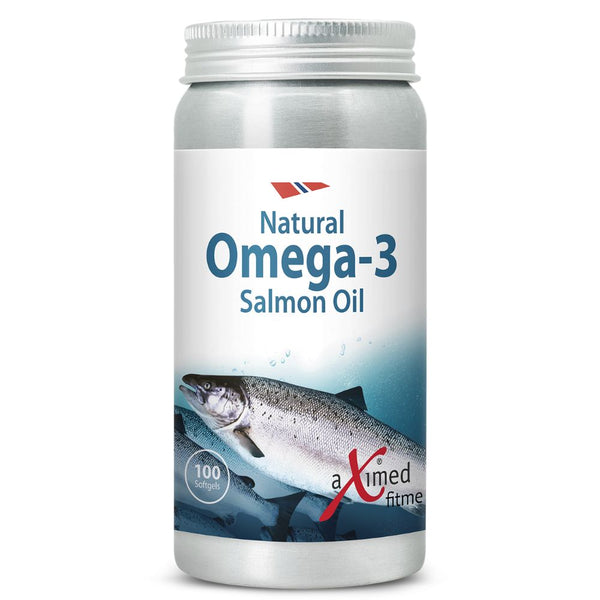Omega-3 and Omega-6 both are unsaturated fatty acids, and they play different roles in the human body. Omega-3 is anti-inflammatory, while Omega-6 is pro-inflammatory. Despite both being important for overall health, modern diets often contain an excessive amount of Omega-6 and insufficient Omega-3. The ideal ratio of Omega-3 to Omega-6 in the body is believed to be 1:1.
Omega-6 fatty acids are abundant in our daily lives and can be found in many common foods such as vegetable oils (sunflower oil, soybean oil, corn oil, etc.), nuts, seeds, soybeans, bread, and nearly all industrial pre-cooked foods contain Omega-6. Consuming an appropriate amount of Omega-6 is necessary for maintaining normal cellular function and inflammatory responses. However, excessive intake of Omega-6 can lead to an imbalance with Omega-3. In fact, our daily diets already contain an excessive amount of Omega-6, which may have negative effects on health.
In contrast, sources of Omega-3 are scarce. Omega-3 fatty acids are mainly found in deep-sea fish (such as salmon, mackerel, sardines, and herring) and certain plant-based foods (such as flaxseeds, sunflower seeds, and walnuts). Omega-3 fatty acids, particularly docosahexaenoic acid (DHA) and eicosapentaenoic acid (EPA), have important physiological functions in the human body. They are crucial for heart health, brain development and function, vision, and the normal operation of the immune system.
Due to the severe deficiency of Omega-3 and excessive intake of Omega-6 in modern diets, often reaching a ratio of 1:30, it is recommended to increase the intake of Omega-3. Supplementing Omega-3 helps balance the ratio with Omega-6 and maintain overall health. Because of the significant imbalance between Omega-3 and Omega-6, it is necessary for people to take more Omega-3 rather than Omega-6.

Features and benefits
- Contributes to the maintenance of normal vision
- Contributes to the maintenance of normal cardiac function**
- Contributes to maintenance of normal brain function





